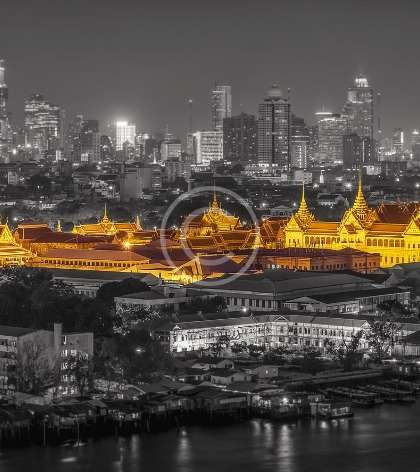Share This Article
For those looking for a non-invasive procedure to reduce the signs of aging, an endoscopic facelift may be the right choice. This type of facelift is less invasive than traditional facelifts and can help minimize wrinkles, remove excess skin, and tighten facial muscles. Here’s what you need to know about endoscopic facelifts before you make a decision.
What Is an Endoscopic Facelift?
An endoscopic facelift is a minimally-invasive procedure that uses small incisions and a thin camera (called an endoscope) to access deeper layers of tissue in the face. The surgeon can then remove excess fat or tissue, reposition other tissues, and tighten facial muscles. This procedure does not require as much downtime as a traditional facelift but still produces results that can last for years.
Who Can Benefit From an Endoscopic Facelift?
Generally speaking, individuals who are seeking to reduce wrinkles, sagginess, and other signs of aging can benefit from an endoscopic facelift. This procedure can be used to reduce drooping skin on the cheeks and jawline, as well as to address deep creases around the nose and mouth. Depending on individual needs and preferences, an endoscopic facelift may be combined with other procedures like eyelid surgery or forehead lifts for comprehensive results.
In addition to addressing common signs of aging like wrinkles and sagging skin, an endoscopic facelift can also help restore facial volume lost due to age-related fat depletion. During the procedure, fat grafts may be used to fill hollow areas of the face or add definition to certain features such as the cheeks or lips. In some cases, these fat grafts may even be taken from other areas of your body for natural-looking results.
An endoscopic facelift does not require general anesthesia; rather, local anesthesia is usually sufficient for this procedure. This means that recovery time after a minimally invasive facelift is typically much shorter than with a traditional lift—in some cases taking just one week instead of several weeks or months! Plus, since only small incisions are made during this type of lift compared to traditional surgeries, scarring is minimal if not completely absent in some patients.

What Results Can I Expect From an Endoscopic Facelift?
Patients who undergo an endoscopic facelift can expect smoother skin and fewer wrinkles overall following their procedure. The surgery also helps restore youthful volume to areas such as the cheeks and chin while tightening loose skin around the neck and jawline. Results typically last for several years with proper aftercare, although touch-up treatments may be necessary if skin laxity worsens over time.
How Does It Differ From Other Types Of Facelifts?
The main difference between this type of facial rejuvenation and traditional surgical procedures is that it does not require as much downtime or recovery period after surgery because less tissue needs to be moved around during this procedure. Additionally, because only small incisions are made on the scalp, scarring is minimal and barely noticeable after healing has taken place.
Additionally, this type of facial rejuvenation tends to produce natural-looking results without appearing “overdone” or artificial like some other types of lift surgeries can sometimes do. Plus, since only small incisions are made during an endoscopic facelift compared with larger ones made during a traditional lift surgery, there may be less risk involved as far as complications such as infection go.
Endoscopic facelifts are a safe and effective way to reduce the signs of aging without undergoing more invasive surgery. This type of lift is best suited for patients with mild to moderate wrinkles who want subtle yet long-lasting results from their procedure. If you are considering an endoscopic facelift, talk to your doctor about your goals and expectations so that you can make an informed decision about your treatment plan. With proper care and maintenance, your results should last for years!




